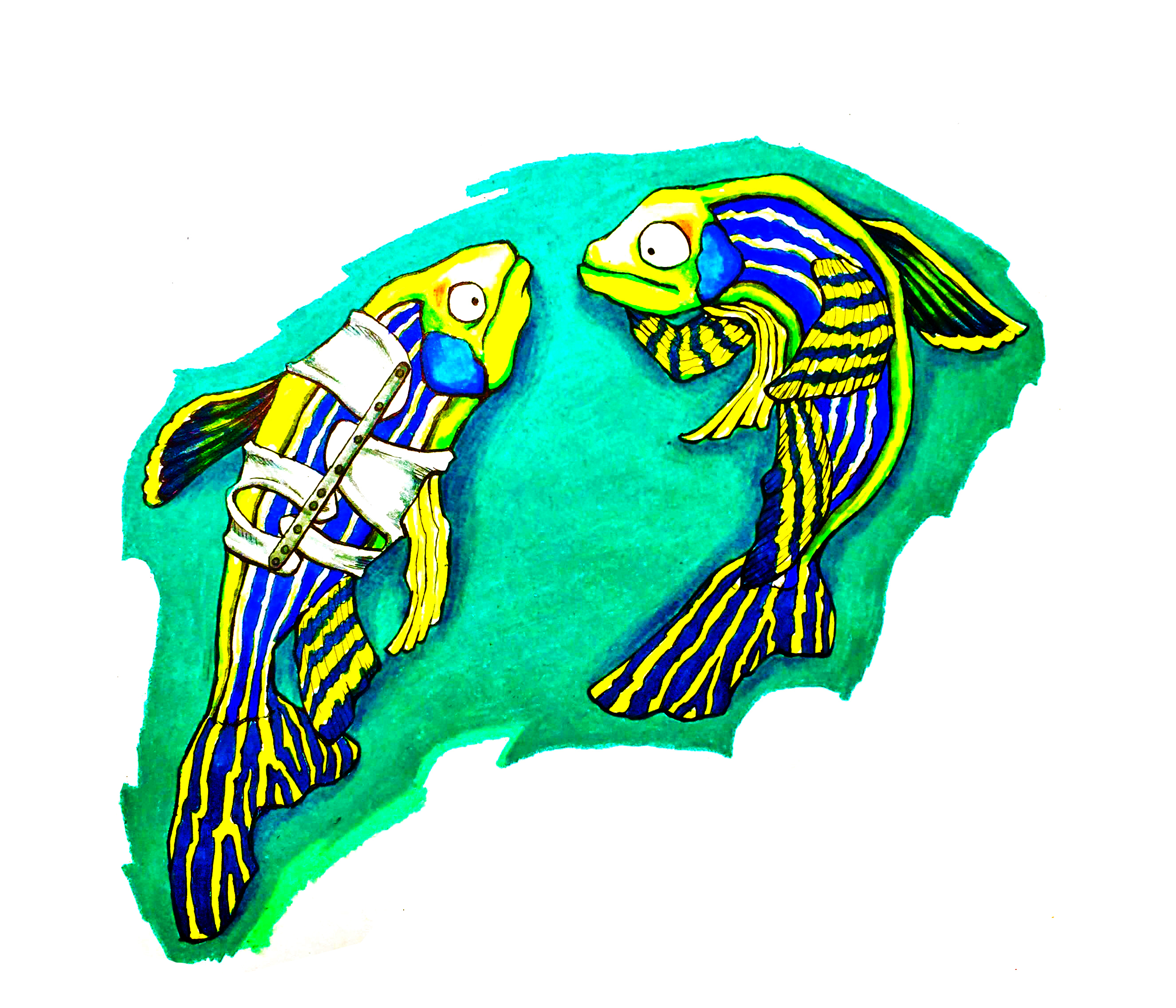
In an effort to better understand scoliosis and other vertebrae defects, Yale researchers have examined links between the saw-tooth pattern of a protein and correct spinal formation in zebrafish embryos.
Members of the Holley Lab at Yale published their findings in the journal Current Biology earlier this month, describing the effects of differing levels of the protein cadherin on vertebrae development. Principal investigator Scott Holley and his colleagues worked zebrafish and studied somites, embryonic structures that are the building blocks of vertebrae. They examined embryos in order to study human development since zebrafish is considered a quality model organism, meaning it has key genetic similarities to human beings. In their recent research, they found that the cell adhesion molecule cadherin plays a large role in the development of vertebrae. The research may have important implications in treatment plans for individuals with scoliosis, which can cause spine curvature.
“We try to understand how birth defects arise during human development,” said Holley, who is a professor of molecular, cellular and developmental biology.
Combining questions of genetic and developmental biology, the Holley Lab researches “segmentation,” the study of how vertebrae form and segment, and how cells communicate with each other and differentiate themselves in the embryo, said Patrick McMillen, a postdoctoral in the lab who worked on the study.
“One of the big questions in biology is how tissue shape forms,” McMillen said.
Research in the field of cellular segmentation has been going at Yale for 15 years, and scientists have worked with both mice and zebrafish embryos, Holley said. However, the lab has recently discovered a pattern in the ways cells communicate while in the embryo. This discovery could help researchers understand the construction of the structures that become the vertebral column and skeletal muscles.
The new discovery focuses on what McMillen describes as “a very important protein for a very important process.” Researchers observed a discrepancy in how strongly cells stick to each other, and found that this discrepancy correlates to different levels of the protein cadherin. They observed segmented boundaries in the somites that would eventually take the shape of vertebrae, and noted that the boundaries only occurred when two different cell types — one with the cadherin protein and one without — were next to each other, he added.
Like oil and water, cells with a lot of the cadherin protein separate from cells that lacked the protein. Holley observed a saw-tooth shape, which described different levels of cadherin protein. At the sharp, pointed tip of the saw-tooth shape, high levels of the cadherin protein were present, he said.
Holley pointed out that this separation occurred when a lot of cadherin was present, such as at the tip of the saw-tooth, where there was abundance of cells with and without protein. Segmentation was only possible at this location, and it was the only place future spinal structures were formed.
“At the top of the shark tooth, you have a lot of cells with the adhesion protein next to cells with very little of it,” Holley said.
The researchers have identified a correlation between spinal formation and the adhesion protein. In the past, it was unclear why the segmented boundaries occurred at specific places. However, scientists have now identified a marker that can demonstrate if the vertebrae is not forming correctly, McMillan and Holley said.
“It is a privilege to be part of such a fantastic team, and to see how the vertebrate embryo decides where a boundary is not meant to form,” added Veena Chatti, a postgraduate associate of the Holley Lab.
Their work may impact the treatment of diseases like scoliosis, which can cause S-shaped and C-shaped curves in the spine, and often occur from improper cell formation. Scoliosis runs in families and mostly affects teenagers. Although scoliosis can be mild, braces and surgeries can be necessary for treating the condition. McMillen noted that the study, as well as future ones in the lab, will deal with other adhesion proteins. The research will also help doctors, by creating new systems of genetic analyses to aid the techniques they already use to treat and diagnose spinal conditions and defects.
The American Association of Neurological Surgeons asserts that scoliosis affects 2 to 3 percent of the U.S. population, or an estimated 6 million to 9 million people.







